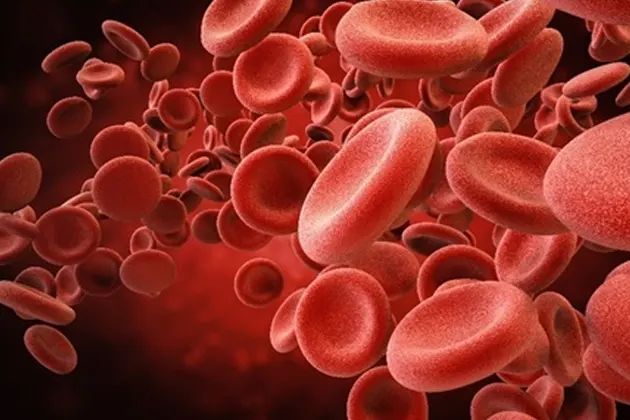Bloodborne pathogens are carriers of diseases. Exposure to any bloodborne pathogen can cause acute and chronic diseases in any person. Healthcare workers can get exposed to these pathogens through various means. However, the most common risk of exposure to bloodborne pathogens for healthcare workers is the needlestick injury. Let us see how this injury increases the risk of exposure to these pathogens and the way this can be prevented.
Bloodborne Pathogens
Microorganisms that are present in blood and can cause diseases to people are called blood-borne pathogens, such as bacteria or viruses. Pathogens such as Hepatitis B, Hepatitis C, HIV, and more are blood-borne. These pathogens are often transmitted from the infected person to another person through blood and other bodily fluids. By entering through mucous membranes, these pathogens pose a severe risk to healthcare workers. Some blood-borne diseases are often non-curable but can be treated with medications to prevent them from worsening.
Common Risk of Exposure for Healthcare Workers
The most common risk of exposure to blood-borne pathogens for healthcare workers is needlestick injury. Sharps-related and needlesticks injuries can cause exposure to blood-borne pathogens. Workers from healthcare, housekeeping, and many other occupations can get exposed to these pathogens, putting them at risk of getting affected by several diseases.
Needlestick Injury
In a needlestick injury, one’s skin gets accidentally punctured by any sharp objects, such as needle, syringe, and blade. Getting a cut on your skin with these sharp objects can expose you to bloodborne pathogens, leading to a disease that may or may not be cured.
One of the most common occupational hazards, needlestick injuries, often occur due to not using safety-engineered sharp equipment or their incorrect handling, transferring body fluid, recapping needles, and not disposing of used needles properly. In order to prevent healthcare workers from getting needlestick injuries, proper prevention needs to be taken.
How to Prevent Exposure to Blood-borne Pathogens for Healthcare Providers
Preparing an exposure control plan can help employers in preventing healthcare workers’ exposure to blood-borne pathogens. This plan can help healthcare workers avoid needlestick injuries, ensuring they are not exposed to blood-borne pathogens. Here are some of the ways of prevention:
- Guiding employers to use engineering and work practice controls to prevent needlestick injuries from happening.
- Wearing protective clothing and using sharp equipment carefully can also prevent exposure.
- Proper training should be provided to healthcare workers regarding the use of needlesticks.
- Organizing medical surveillance
- Vaccinations for Hepatitis B
By following the OSHA Blood-borne Pathogens Standard, implementing control plans can help healthcare employers protect workers from exposure to these pathogens. Using comparatively safer medical devices, such as shielded needle devices, needleless devices, and plastic capillary tubes, can reduce cases of needlestick injuries among healthcare workers. With a more protective use of medical equipment, healthcare workers can be prevented from getting exposed to bacterial and viral disease-driving blood-borne pathogens.










